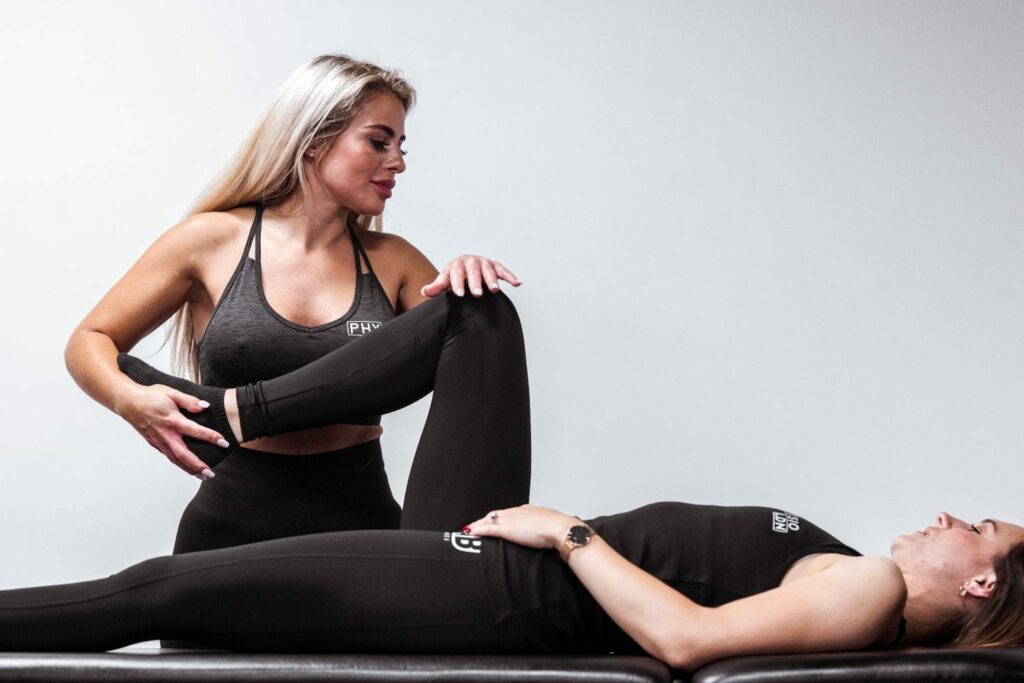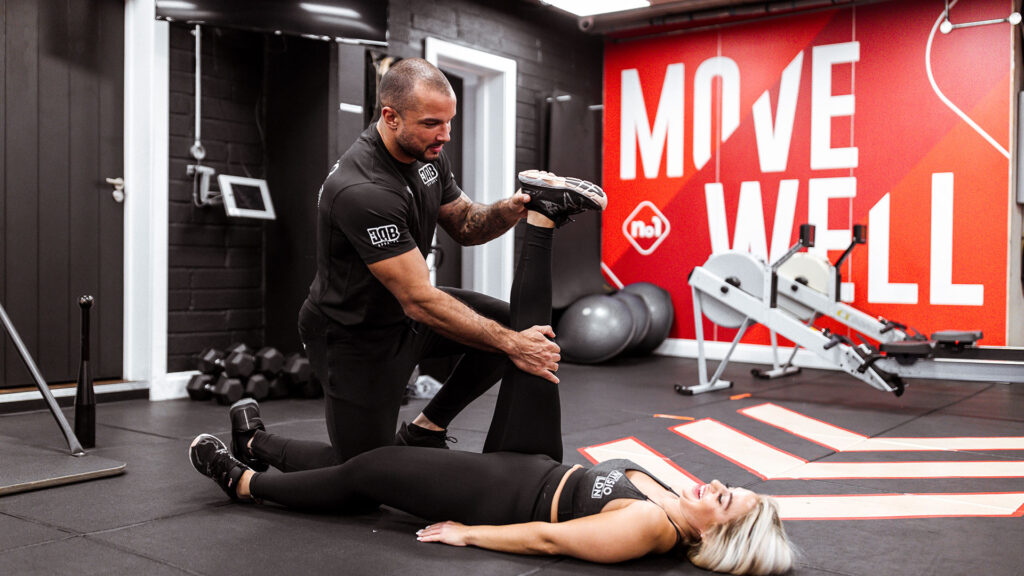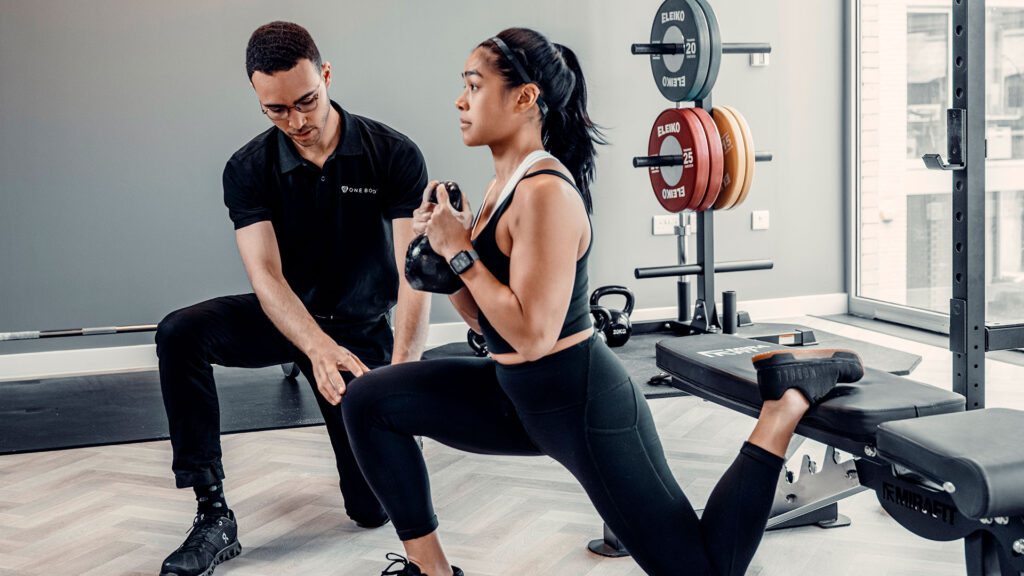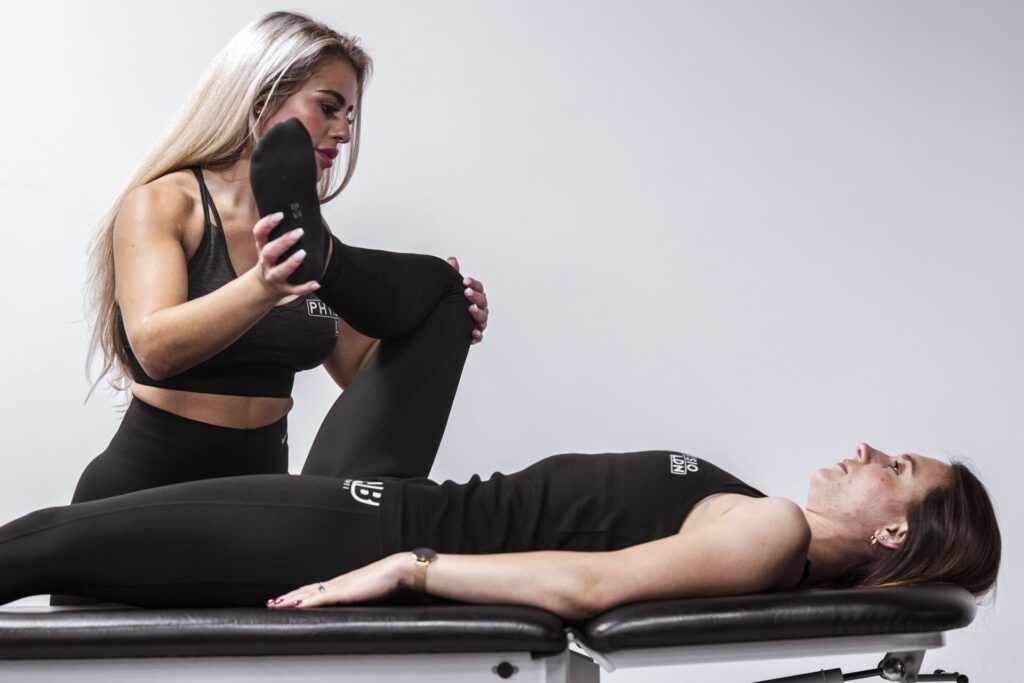Falling is a common and serious concern, especially among older adults. Research shows that one out of three adults over 65 years and half of those over 80 experience falls annually. These incidents often lead to injuries, with knee pain being a frequent and impactful consequence. Understanding the implications of knee pain after a fall, the common injuries involved, and the best approaches to care and recovery is essential for maintaining mobility and quality of life.
If you’re local, exploring knee pain treatment in London can be a helpful first step toward personalized recovery.
Knee pain following a fall is not only a symptom but also a significant risk factor for future falls. Studies indicate that older adults with knee pain have twice the risk of multiple falls compared to those without knee pain, highlighting the importance of early intervention and targeted treatment plans. This article explores the typical injuries resulting from falls, immediate care steps, and effective treatment and recovery strategies, with insights drawn from recent research and expert physiotherapy practices.
Common Injuries from Falls
Falls can cause a variety of injuries, but the knee is particularly vulnerable due to its complex structure and role in weight-bearing and mobility. Common knee injuries after a fall include ligament sprains or tears, meniscal damage, fractures, and soft tissue bruising. These injuries often result in pain, swelling, and reduced joint function, which can severely limit daily activities.

A 2024 study conducted in Northern Thailand found that 12.7% of older adults reported a history of falls in the previous year, with knee pain being a significant contributing factor to their reduced mobility and increased fall risk. This aligns with findings from Taiwan, where research on patients with knee osteoarthritis identified knee pain as a key predictor of falls, underscoring the need for fall prevention programs tailored to this group.
Moreover, knee injuries are not limited to older populations. In 2020, the U.S. recorded 66,650 knee injuries, with a majority occurring in industries requiring physical labor, emphasizing the knee’s susceptibility to injury across all ages and activity levels. For older adults, however, the consequences of knee injuries are often more severe due to slower healing and pre-existing joint conditions.
In addition to the physical ramifications, knee injuries can also have psychological effects, particularly in older adults. The fear of falling again can lead to a decrease in physical activity, which in turn can exacerbate muscle weakness and balance issues, creating a vicious cycle. Rehabilitation programs that focus not only on physical recovery but also on building confidence and improving balance are essential in breaking this cycle.
Furthermore, community-based initiatives that promote safe environments, such as improved lighting and handrails in public spaces, can significantly reduce the incidence of falls and related knee injuries.
It is also important to consider the role of nutrition and overall health in the prevention of knee injuries. Adequate intake of vitamins and minerals, particularly calcium and vitamin D, is crucial for maintaining bone health and preventing fractures. Regular exercise that strengthens the muscles around the knee can enhance stability and support, reducing the risk of injury during falls.
Awareness campaigns that educate individuals about the importance of maintaining a healthy lifestyle, including proper nutrition and regular physical activity, can play a vital role in reducing the prevalence of knee injuries from falls across all demographics. For more detail information see the blog knee pain treatment: best relief options & expert care.
Immediate Care Steps
When knee pain occurs after a fall, prompt and appropriate care is crucial to minimize damage and facilitate recovery. The initial approach should focus on reducing pain and swelling, protecting the knee from further injury, and assessing the severity of the damage.

Applying the R.I.C.E. method—Rest, Ice, Compression, and Elevation—is a widely recommended first aid response. Resting the knee and avoiding weight-bearing activities helps prevent aggravation of the injury. Ice packs applied for 15-20 minutes every two hours can reduce inflammation and numb pain. Compression with an elastic bandage supports the joint and limits swelling, while elevation above heart level aids fluid drainage.
It is important to seek medical evaluation if the knee is severely swollen, deformed, or if the pain is intense and persistent. A healthcare professional can perform a thorough assessment, including imaging if necessary, to diagnose fractures or ligament tears. According to a 2019 study, knee pain in older adults post-fall is a critical indicator that warrants targeted interventions to prevent recurrent falls and complications.
When possible, consulting a professional knee pain physiotherapist can ensure your recovery plan is safely progressed and tailored to your needs.
In addition to the R.I.C.E. method, individuals should also consider gentle range-of-motion exercises as soon as they can tolerate them. These exercises can help maintain flexibility and prevent stiffness in the knee joint, which is particularly important during the recovery phase. Simple movements, such as bending and straightening the knee while seated, can promote circulation and aid in healing. However, it’s essential to listen to the body and avoid any movements that exacerbate the pain.
Furthermore, incorporating over-the-counter pain relief medications, such as ibuprofen or acetaminophen, can be beneficial in managing discomfort during the initial recovery period. These medications not only alleviate pain but also help reduce inflammation, contributing to a more comfortable healing process. Always consult with a healthcare provider before starting any medication, especially if there are pre-existing health conditions or other medications being taken, to ensure safety and efficacy in pain management.
Treatment and Recovery Plan
Effective treatment of knee pain after a fall involves a combination of physiotherapy, pain management, and, in some cases, surgical intervention. The primary goals are to alleviate pain, restore joint function, and improve strength and balance to reduce future fall risk.

Physiotherapy plays a pivotal role in recovery. Physiotherapy clinic in London , such as those at London’s One Body LDN clinics, provide comprehensive assessments and personalized rehabilitation plans. These plans often include hands-on treatments like deep tissue massage and joint mobilizations, alongside tailored exercises to enhance muscle strength and joint stability. Their therapists receive over five times the required regulatory training, ensuring high-quality care for conditions like knee pain following falls.
For chronic or severe cases, especially where osteoarthritis or post-surgical knee pain is involved, ongoing management may include pain relief medications, lifestyle modifications, and assistive devices. A 2025 study highlighted that up to one-third of older adults experience knee pain after hip fracture surgery, which can complicate rehabilitation and prolong recovery, emphasizing the need for integrated care approaches.
Preventative strategies are also vital. Strengthening exercises, balance training, and ergonomic adjustments can help reduce the risk of subsequent falls. Incorporating these into daily routines under professional guidance can lead to sustained improvements in mobility and quality of life.
In addition to traditional physiotherapy, emerging treatments such as acupuncture and hydrotherapy are gaining traction as complementary therapies for knee pain. Acupuncture, an ancient practice rooted in Traditional Chinese Medicine, has been shown to stimulate the body’s natural pain relief mechanisms and promote healing. Hydrotherapy, on the other hand, utilizes the buoyancy of water to reduce stress on the joints while allowing for effective movement and exercise, making it particularly beneficial for those with limited mobility. These alternative therapies can be integrated into a comprehensive recovery plan to enhance overall outcomes.
Moreover, education plays a critical role in the recovery process. Patients are encouraged to understand their condition, the importance of adherence to rehabilitation protocols, and the benefits of maintaining an active lifestyle. Workshops and support groups can provide valuable resources, allowing individuals to share experiences and strategies for managing knee pain. This holistic approach not only empowers patients but also fosters a sense of community, which can be instrumental in the healing journey.
FAQ
What causes knee pain after a fall?
Knee pain after a fall can result from ligament injuries, meniscal tears, fractures, or soft tissue damage. The impact and twisting forces during a fall often strain or damage the knee structures, leading to pain and swelling. Additionally, the body’s natural response to trauma can cause inflammation around the knee joint, further exacerbating discomfort and limiting mobility. Understanding the specific type of injury is crucial, as it can influence the treatment approach and recovery timeline.
How soon should I see a physiotherapist after a fall?
It is advisable to seek physiotherapy assessment as soon as possible if knee pain persists beyond a few days or if mobility is significantly affected. Early intervention can prevent chronic pain and improve recovery outcomes. A physiotherapist can perform a thorough evaluation, identifying not just the immediate effects of the fall but also any underlying issues that may need addressing. This proactive approach can help to restore function and prevent future injuries, allowing individuals to return to their daily activities more swiftly.
Can knee pain increase the risk of future falls?
Yes, studies show that older adults with knee pain have twice the risk of multiple falls compared to those without knee pain. Pain can affect balance, gait, and confidence, increasing fall risk. Furthermore, the fear of falling can lead to a more sedentary lifestyle, which can weaken muscles and decrease overall stability. It’s vital for individuals experiencing knee pain to engage in appropriate exercises that not only alleviate pain but also enhance strength and coordination, thereby reducing the likelihood of future falls.
What treatments are effective for knee pain after a fall?
Effective treatments include physiotherapy with hands-on techniques and exercise rehabilitation, pain management, and in some cases, surgical intervention. Personalized treatment plans are essential for optimal recovery. Modalities such as ultrasound therapy, electrical stimulation, and manual therapy can also be integrated into treatment to promote healing and reduce pain. Moreover, education on proper body mechanics and movement patterns can empower patients to manage their knee health more effectively.
Are there ways to prevent knee injuries from falls?
Preventative measures include strength and balance training, home safety modifications, and using assistive devices if necessary. Regular physiotherapy can also help maintain joint health and mobility. Simple changes, such as removing tripping hazards from the home, ensuring adequate lighting, and wearing appropriate footwear, can significantly reduce the risk of falls. Engaging in community programs focused on fall prevention can also provide valuable resources and support for individuals looking to enhance their safety.
Is private physiotherapy better than NHS for knee pain treatment?
Private physiotherapy often offers quicker access, longer sessions, and personalized care compared to NHS services, which can have longer waiting times and shorter appointments. Clinics like One Body LDN in London provide expert, award-winning physiotherapy with a focus on results and patient satisfaction. The individualized attention in private practice allows for tailored rehabilitation programs that can adapt to a patient’s unique needs and progress, ensuring a more effective recovery journey.
For those seeking expert physiotherapy in London, clinics such as One Body LDN offer specialized care for knee pain and fall-related injuries, combining extensive training with evidence-based treatments to ensure the best outcomes. Their team of dedicated professionals not only focuses on physical rehabilitation but also emphasizes patient education, empowering individuals to take an active role in their recovery and long-term joint health. By fostering a collaborative environment, patients can feel supported throughout their healing process, making it easier to achieve their goals and maintain an active lifestyle.
Start Your Recovery Journey with One Body LDN
If you’re struggling with knee pain after a fall, don’t wait for your symptoms to become long-term issues. One Body LDN is here to help you fix the root cause of your problem with our expert assessments and rehab plans. Voted as the best London physio clinic by thousands, our award-winning team specializes in musculoskeletal physiotherapy, post-operative care, and sports injuries. We’re committed to providing instant pain relief and ensuring you feel amazing. Book your free initial assessment at our clinic today and take the first step towards a pain-free life. Schedule your session now and experience the difference with our results-based approach.


